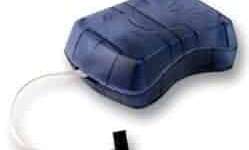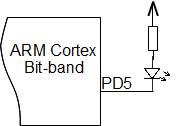Xamarin Mobile Developers

If you haven’t heard of Xamarin before, you must have lived under a rock. Xamarin has been gaining more and more popular among mobile application developers. This framework for cross-platform app development works is straightforward, but the result you get will surprise you. You write one shared C# code having complete access to all SDK possibilities and native UI creation tools, and at the end, you get a perfectly native mobile application. Xamarin works wonders both as an Android development and as an iOS development tool. It is based on an open-source implementation of .NET – Mono. With Xamarin, you can use native UI development mechanisms and native UI elements for each platform, and the UI code layer is the only one you’ll need to write specifically for each platform.










